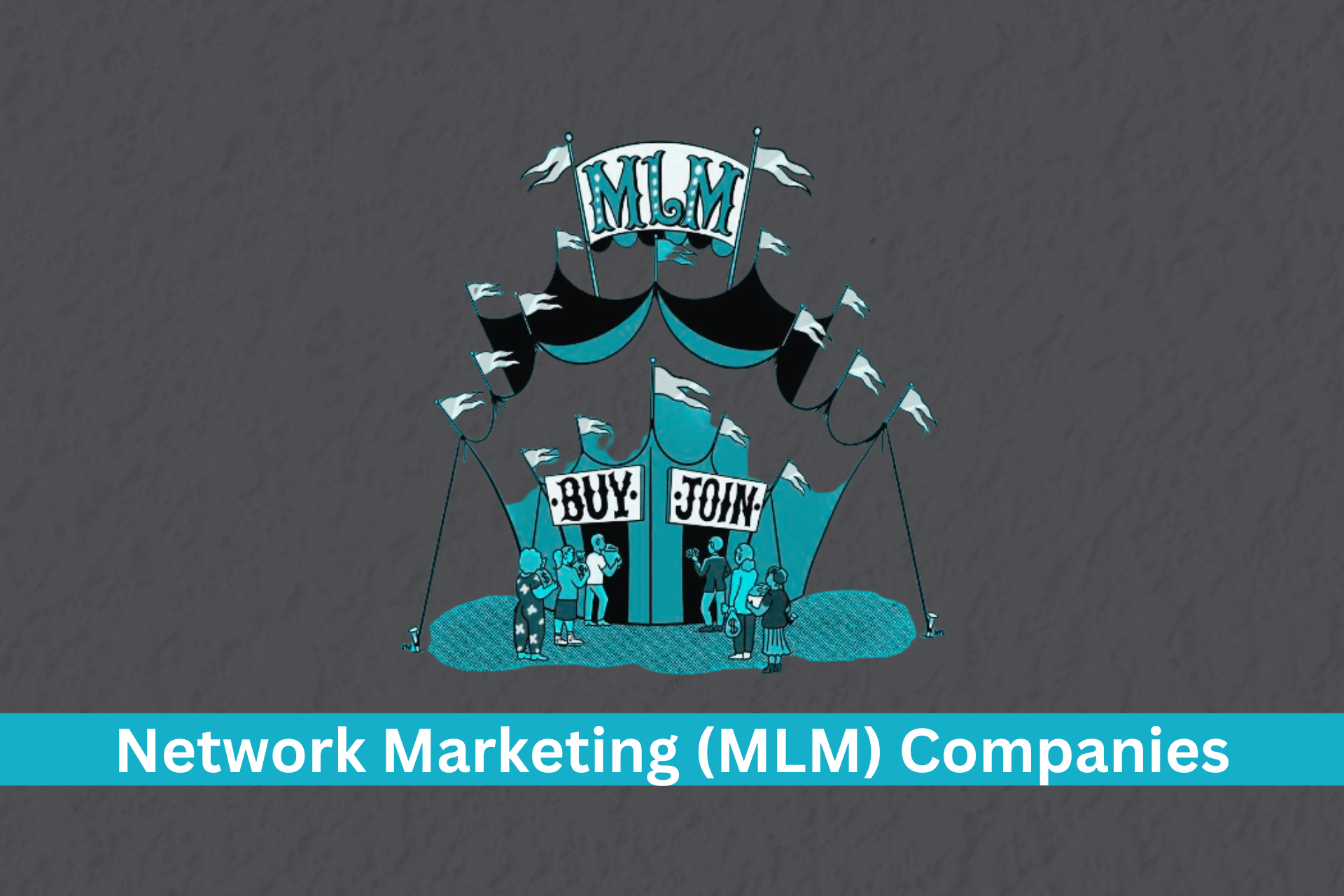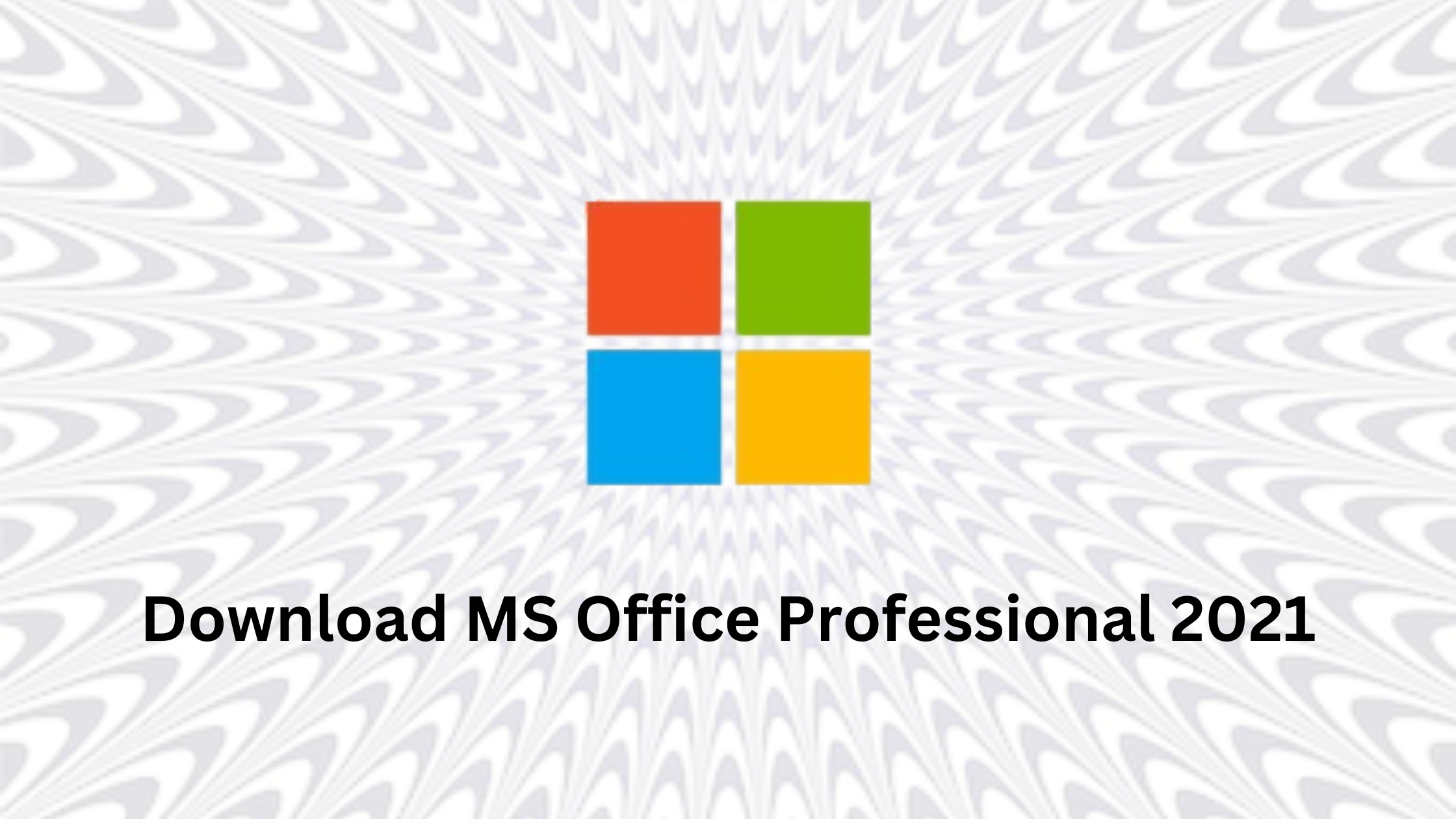Payroll management is a critical aspect of running a successful business, and choosing the right payroll software is key to streamlining the process. In this comprehensive guide, we will explore the essential factors to consider when selecting payroll software and provide insights into the implementation process. Whether you’re a small business owner or a human resources professional, mastering payroll management is crucial for maintaining accuracy, compliance, and efficiency.
I. Understanding the Importance of Payroll Management:
Before delving into the selection process, it’s essential to recognize the significance of effective payroll management. Payroll involves tasks such as salary calculations, tax deductions, and compliance with legal regulations. Errors in payroll can result in financial penalties, employee dissatisfaction, and even legal consequences. Choosing the right payroll software is the first step toward mitigating these risks and ensuring a smooth payroll process.
II. Assessing Your Business Needs:
Before exploring available payroll software options, assess your business’s unique needs. Consider factors such as the size of your workforce, the complexity of your payroll structure, and any specific legal or industry requirements. Understanding your requirements will help you narrow down the options and choose a payroll solution that aligns with your business goals.
III. Key Features to Look for in Payroll Software:
● Automation and Accuracy:
Look for software that automates payroll calculations and ensures accuracy. Automated systems help reduce manual errors, save time, and provide a reliable payroll processing mechanism.
● Tax Compliance:
Ensure that the payroll software is equipped to handle tax calculations and compliance with local, state, and federal regulations. Tax laws are subject to change, so choose software that receives regular updates to stay compliant.
● Integration Capabilities:
Opt for software that seamlessly integrates with other essential business systems, such as accounting software and human resources management tools. Integration enhances data accuracy and streamlines overall business processes.
● Employee Self-Service Features:
Consider software that offers self-service portals for employees. This allows them to access their pay stubs, tax documents, and other relevant information, reducing administrative tasks for your HR team.
● Scalability:
Choose payroll software that can grow with your business. Scalability is crucial to accommodate changes in your workforce size and evolving business needs.
● Reporting and Analytics:
Robust reporting capabilities provide valuable insights into payroll expenses, employee costs, and other financial metrics. A software solution with advanced reporting features helps you make informed decisions and track key performance indicators.
IV. Comparing Payroll Software Options:
Research and compare different payroll software solutions based on the features outlined above. Consider user reviews, testimonials, and case studies to gauge the software’s performance in real-world scenarios. Additionally, take advantage of free trials or demos to assess the user interface and overall usability of each option.
V. Implementation Process:
Once you’ve selected the best payroll software for your business, a successful implementation is crucial for a smooth transition. Follow these steps to ensure a seamless integration:
● Data Migration:
Transfer existing payroll data accurately to the new system. This may involve employee information, tax details, and historical payroll records. Data migration should be meticulously planned to avoid discrepancies.
● Training:
Conduct thorough training for your HR and finance teams on utilizing the new payroll software, emphasizing its key HR software features. This ensures all staff members are familiar with the system, promoting seamless collaboration for efficient payroll management.
● Testing:
Conduct thorough testing before fully implementing the new payroll system. Identify and resolve any issues or discrepancies to prevent disruptions in payroll processing.
● Continuous Support:
Choose a payroll software provider that offers ongoing support and updates. Regular communication with the software vendor ensures that your system remains up-to-date and can address any emerging issues.
VI. Ensuring Security and Compliance:
Payroll data contains sensitive information, and it’s imperative to prioritize security and compliance throughout the implementation process. The chosen payroll software should adhere to industry-standard security protocols and comply with data protection regulations. Implementing robust security measures safeguards employee information and minimizes the risk of data breaches.
● Data Encryption:
Ensure that the payroll software employs encryption technologies to protect data during transmission and storage. This prevents unauthorized access and secures sensitive information, such as social security numbers and financial details.
● Regulatory Compliance:
Stay informed about the latest regulatory changes and ensure that your payroll software is regularly updated to comply with new requirements. Non-compliance can lead to legal repercussions, fines, and damage to your company’s reputation.
● Access Controls:
Implement strict access controls to limit who can view and modify payroll data. Assign roles and permissions based on job responsibilities to maintain a secure and organized system.
VII. Monitoring and Continuous Improvement:
After the payroll software is implemented, establish monitoring mechanisms to track its performance and address any emerging issues promptly. Regularly assess the efficiency of payroll processes, gather feedback from users, and be open to making adjustments for continuous improvement.
● Feedback Mechanisms:
Encourage feedback from HR professionals, finance teams, and employees using the payroll system. This input can be invaluable in identifying areas for improvement and addressing user concerns.
● Regular Audits:
Conduct regular internal audits to ensure data accuracy and compliance. Periodic reviews help identify discrepancies early on, allowing for timely corrections and preventing larger issues down the line.
● Updates and upgrades:
Stay abreast of software updates and new features released by the vendor. Regularly updating your payroll software ensures that you benefit from the latest improvements, bug fixes, and security patches.
IX. Future Trends in Payroll Management:
To further enhance your payroll management strategy, it’s essential to stay informed about emerging trends and technologies in the field. As technology evolves, new features and functionalities are introduced, offering opportunities for businesses to optimize their payroll processes. Some notable trends include:
● Cloud-Based Payroll Systems:
Cloud-based payroll solutions offer flexibility, scalability, and accessibility. With data stored securely in the cloud, businesses can access payroll information from anywhere, facilitating remote work and ensuring data availability during unforeseen circumstances.
● Mobile Accessibility:
Mobile-friendly payroll applications empower employees to access their payroll information, submit time-off requests, and view pay stubs using mobile devices. This trend aligns with the increasing demand for flexible work arrangements and the rise of remote work.
● Blockchain for payroll security:
Blockchain technology is gaining traction in payroll management for its ability to provide a secure and transparent ledger of transactions. Blockchain can enhance security by ensuring data integrity and preventing unauthorized alterations to payroll records.
X. Best Practices for Long-Term Payroll Management:
● Regular training and skill development:
Invest in continuous training for your HR, project managers, and finance teams to keep them updated on the latest features and best practices in payroll management and project management. A well-trained staff contributes to the efficient use of payroll software and ensures compliance with changing regulations.
● Collaboration with Software Providers:
Foster a collaborative relationship with your payroll software provider. Regular communication allows you to stay informed about updates, upcoming features, and potential challenges. It also provides an avenue for addressing any specific needs or concerns your business may have.
● Employee Communication and Education:
Proactively communicate changes in payroll processes to employees and provide educational resources to help them navigate self-service features. Clear communication fosters trust and minimizes confusion during transitions.
● Benchmarking and industry comparisons:
Periodically benchmark your payroll processes against industry standards and compare them with those of similar-sized businesses. This practice can help identify areas where improvements can be made and ensure that your payroll system remains competitive.
XI. Conclusion:
Mastering payroll management requires strategic planning, tech adaptation, and continuous improvement. Stay informed about industry trends, invest in the right software, and prioritize employee well-being for sustained success. Choose software wisely, prioritize automation, and stay adaptable to evolving solutions. With a well-managed payroll system, ensure the financial well-being of your employees and the continued success of your organization.

The Search Engine Cage team is on a mission to educate entrepreneurs. We make things easier for the small business owner, by writing articles that help them to understand SEO and Digital Marketing.







